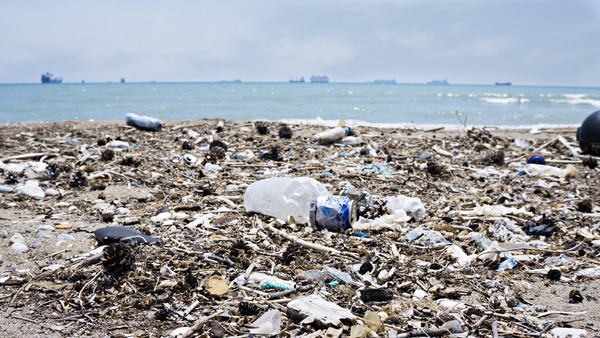According to the UN Environmental Programme (UNEP), the global annual production of plastic is estimated at about 400 million metric tons. That is substantially more than the combined weight of the human population. UNEP reports that more than a third of plastic is used in packaging, including drink bottles. UNEP reckons globally that single-use packaging makes up 46% of plastic waste. Seven of the top ten litter items found stranded in coastal areas are packaging with food wrapping and drinks bottles at number two and five, respectively. To what extent is this type of plastic waste coming from ships?
Marpol Annex V prohibits garbage discharge, including plastic waste from ships. Vessels of 100 GT and above must carry a garbage management plan, and vessels of 400 GT must also record garbage handling in the Garbage Record Book. Port states have a corresponding obligation to provide adequate reception facilities. Marpol Annex V is widely subscribed, with over 150 nations as signatories and has been in force for decades. Most plastic waste in the ocean comes from land-based sources, but can we be confident that MARPOL compliance is universal and waste does not come from ships?
Plastic waste such as lost or discarded fishing nets, ropes, and floats can be identified as originating in the fishing industry. Identifying plastic items from cargo ships is challenging as many items are the same as those used on land. A recent study confirms that some plastic litter originates from shipping. The study identified by date stamp plastic drinks bottles stranded on the remote South Atlantic Island, Tristan da Cuhna. Many of the most recent additions were from Asia and could only have found their way to the island from passing vessel traffic.
And vessels that carefully follow the MARPOL regulations cannot control what happens to plastic waste once landed at disposal facilities. To address the accumulation of plastic waste, BIMCO is shepherding a project to provide guidelines using onboard water dispensers that provide a good-tasting and healthy alternative to water in plastic bottles. BIMCO’s “back of the envelope” estimate is that 1.7 billion plastic water bottles are used onboard commercial ships annually. Replacing plastic water bottles will keep such single-use plastic out of the waste stream. That is a laudable goal.
